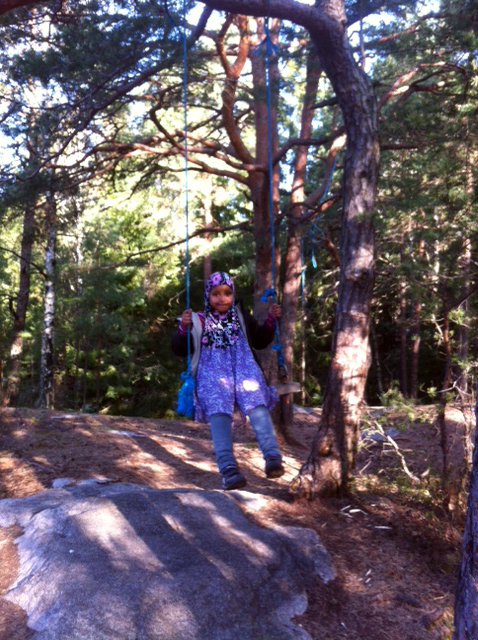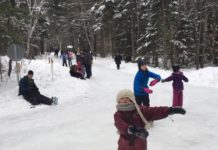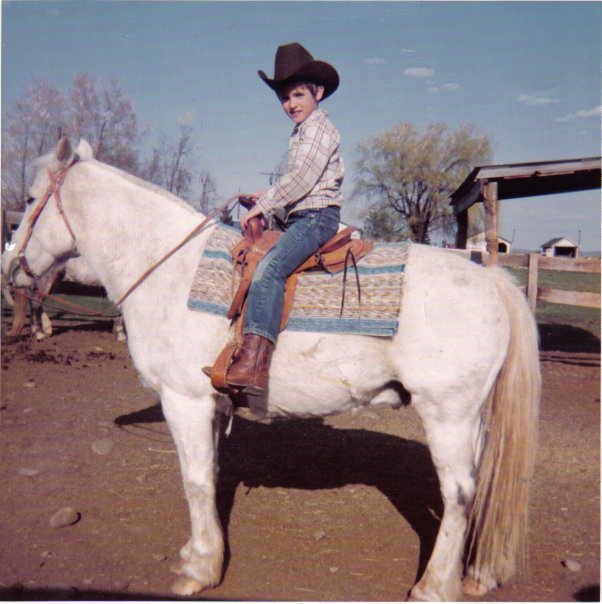“This article was written in May,2012 and edited in 2020.-Kari “
As some of you know I spent some time this spring in Norway, my native country. I was living there with my children for 2 months because of a sudden death in my family. Growing up in this country brainwashed me with my mantra; No bad weather only bad clothing. It influences my beliefs that fresh air is good for you. That would explain why both my kids have been napping and playing outside in all kinds of weather since they were babies.
In my years of connecting with parents in North America I have discovered that a lot of you say you grew up the same way as I did in Norway. So, if the parents of today grew up with very similar childhoods in North America and Norway, and we know what is going on here in North America, what has happened in the Scandinavian society since I was a kid?
Things there have changed:
I find childhood much more institutionalized than when I was a kid. Children seem as heavily scheduled there as they are in the US and Canada.
Most children in Norway start daycare at 1 years old. The vast majority of Norwegian kids who attend daycare will find it focused on outdoor play and outdoor living. Norwegian early childhood experts believe that going for a walk is an important part of any program for children. “Weather permitting” does still mean they stay inside if it is lower than -10°C or 14°F. My Minnesota born husband finds this a bit wimpy.
Forest kindergarten is also a very popular option for childcare in Norway and it is called Frilufts barnehage. It comes from the word Friluftsliv (fresh air life), which is a Norwegian word for outdoor living and was coined by Henrik Ibsen. This kind of program is so popular that even the Norwegian Crown Prince’s children go there. There is another alternative called farm daycare. Kids spend time outdoors but doing chores on a farm.

Schools outside:
When I was a kid, we had an outdoor field trip once in awhile. Today Norwegian schools have an outdoor day once a week. The mandate is that kids have to be moving and active to give students a break from sitting at their desks. The majority of teachers choose to take their students out on a nature hike. The teacher is also encouraged to incorporate any curricula they can while outdoors as long as the kids are in motion.

Free to roam:
Kids still are allowed the freedom to roam in Norway. Children start to walk to school alone at the age of 6 to 7 years old, they are allowed to climb trees at recess and make small huts out of sticks and branches in the school yard. I loved this quote from my daughter’s teacher – “If kids have not climbed a tree by the age of 8, there is something wrong with the parents.”
I think Norwegian society looks at kids differently and places a high value on giving kids room to develop independence. The schools and society in general allow risk for kids and are not afraid of being sued for every injury. While my child was attending a Norwegian school, I was never asked to sign one waver.

Norway is not a childhood utopia:
Despite all this wonderful outdoor programming and freedom for kids, I do not see many children playing in the neighborhoods or in the forest areas. It seems to me that Norway has lost the same spontaneous outdoor play that we are losing here in North America. One Norwegian mother and child I met on a lonely street said, “Where are all the children?” Does that sound familiar?
My childhood seems to no longer exist in Norway, just as it is disappearing in North America. But if society has changed, we have to create opportunities and spaces for outdoor play where kids spend time together. I think instead of discussing how things have changed in North America. (Working parents, stranger danger, hurried childhood) It might be time to get early childhood educators and schools to focus more on outdoor play. And take their charges outdoors in all kinds of weather.
More articles:








